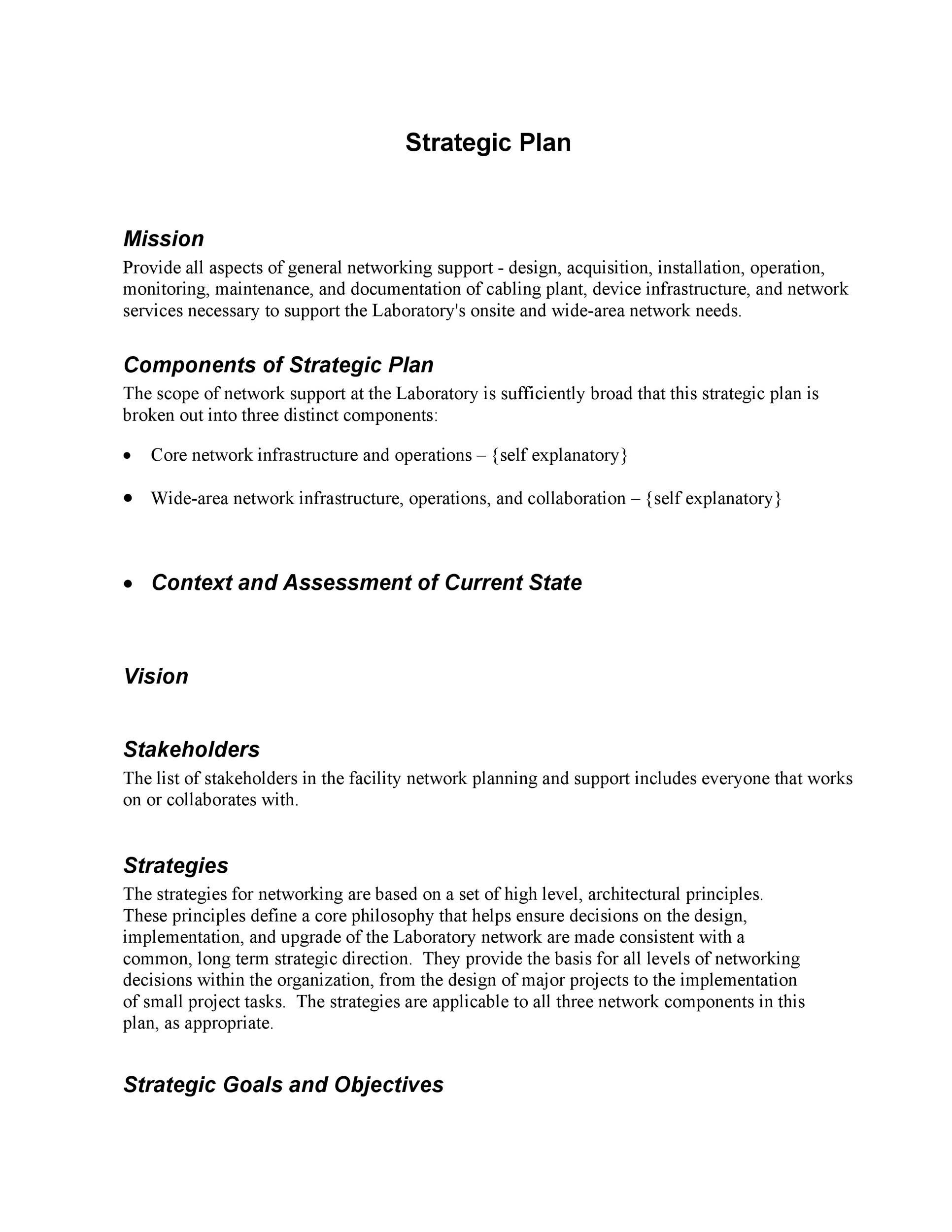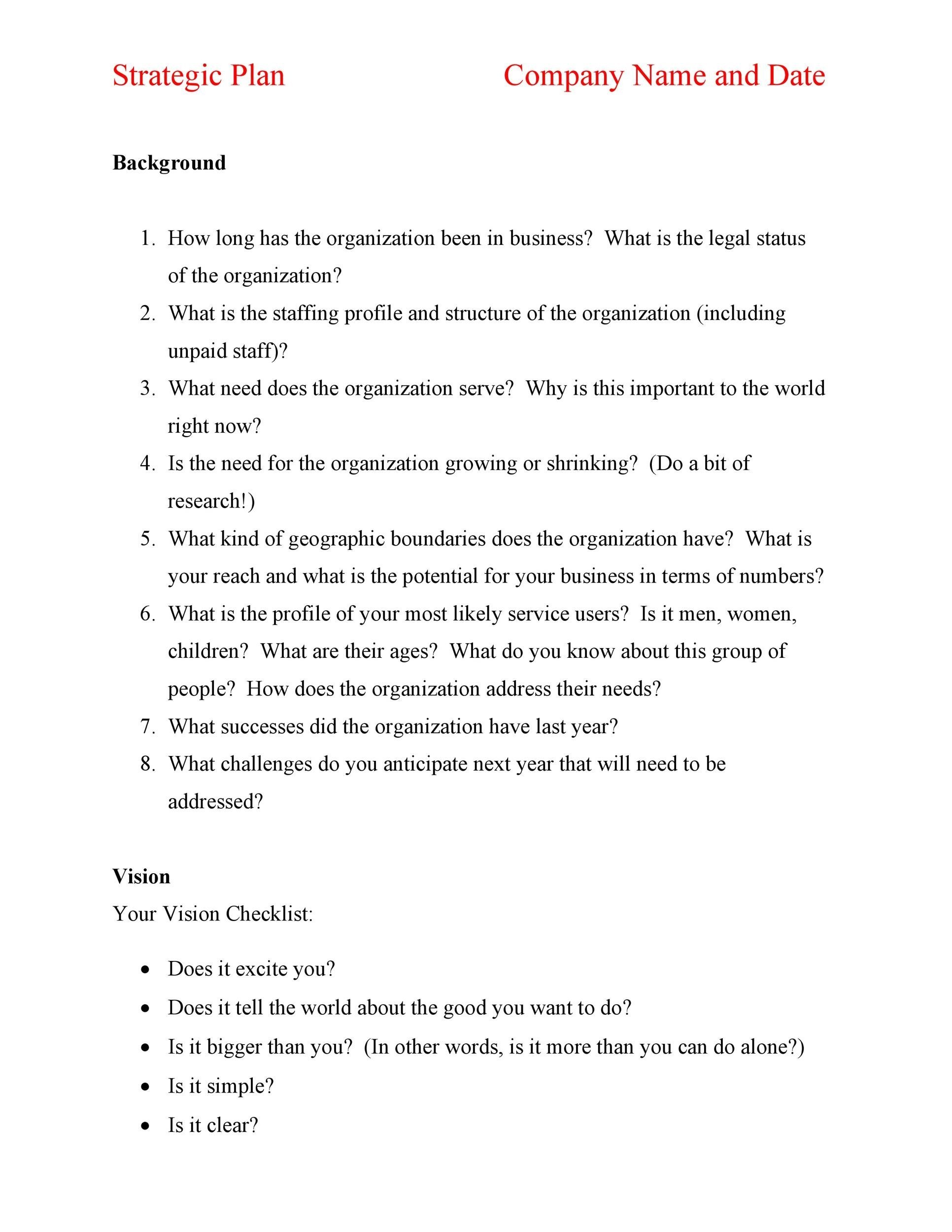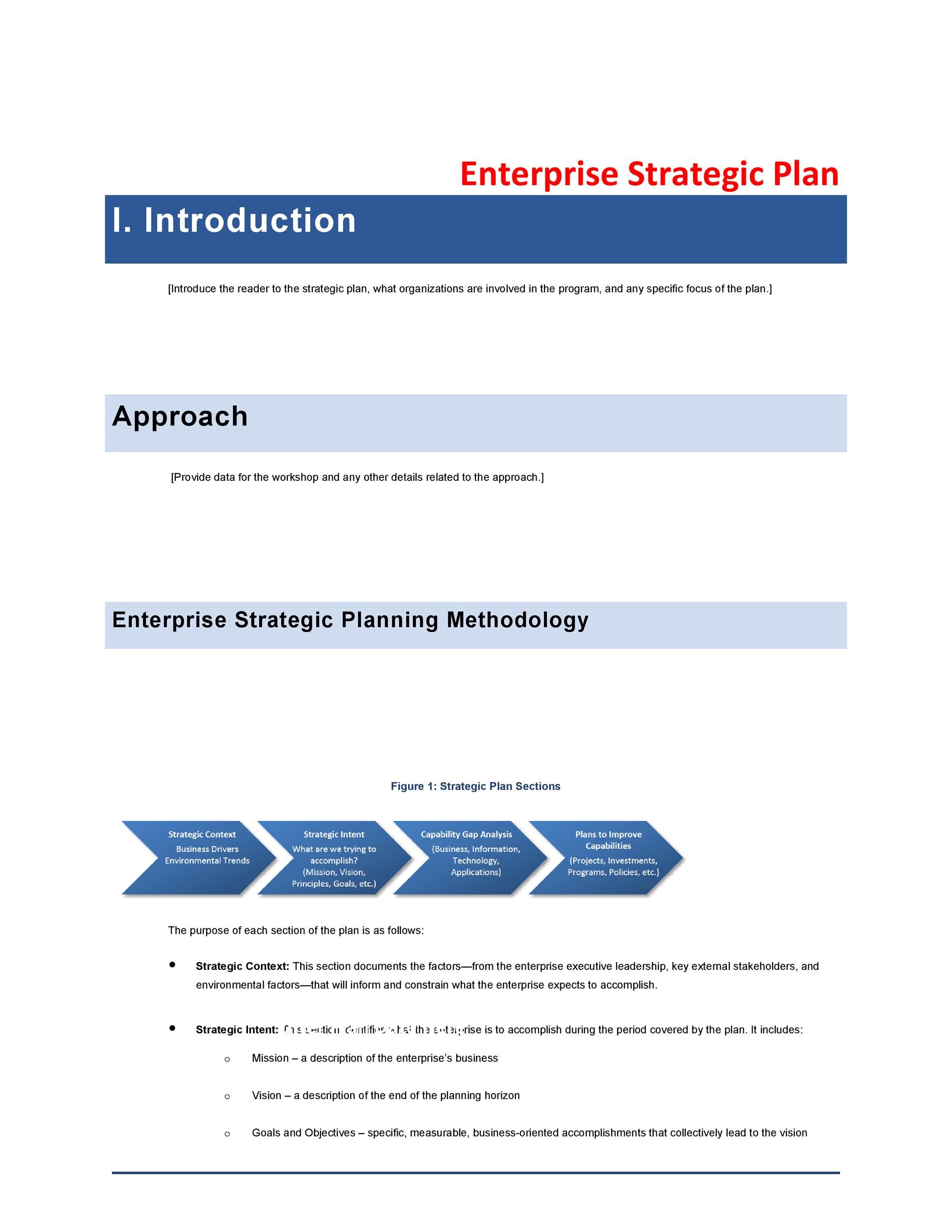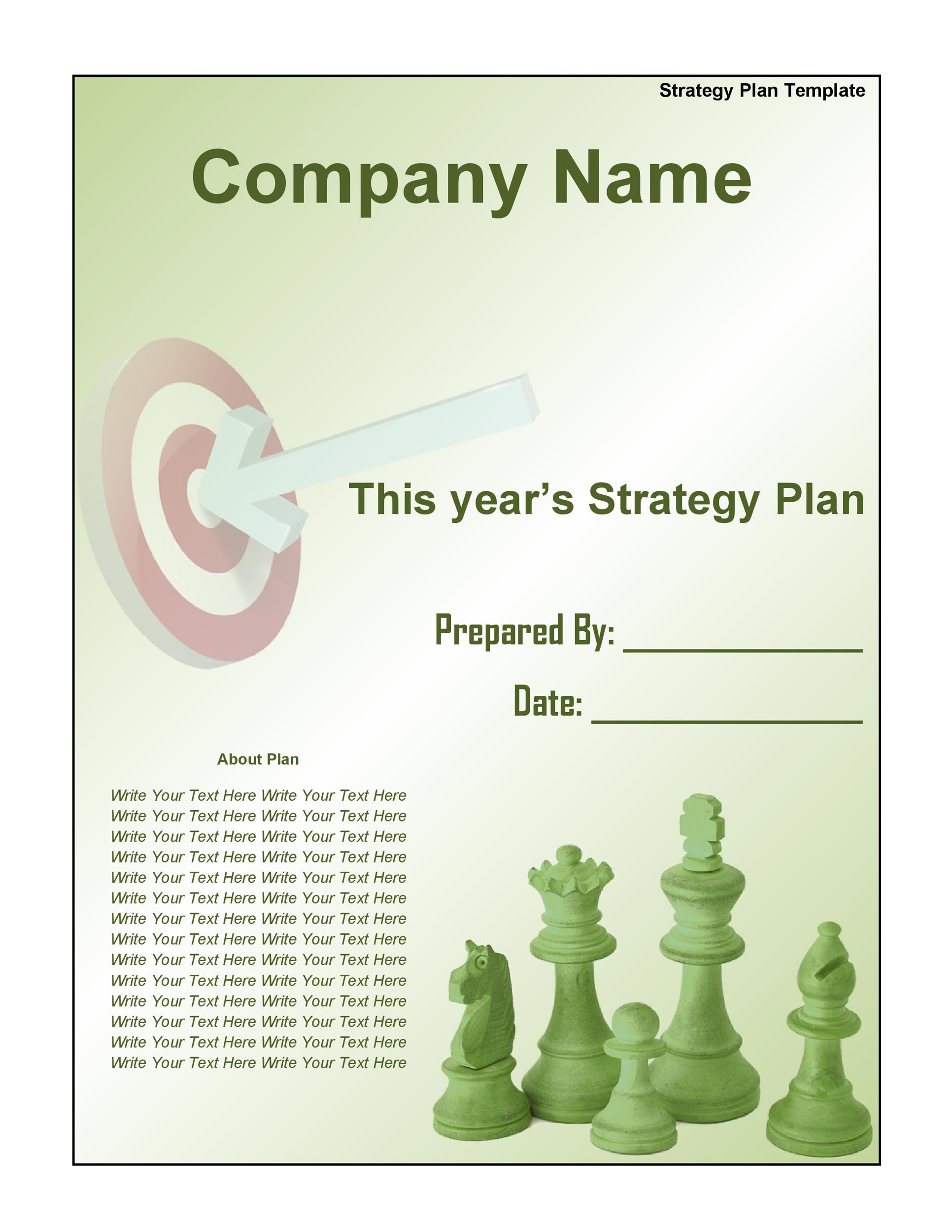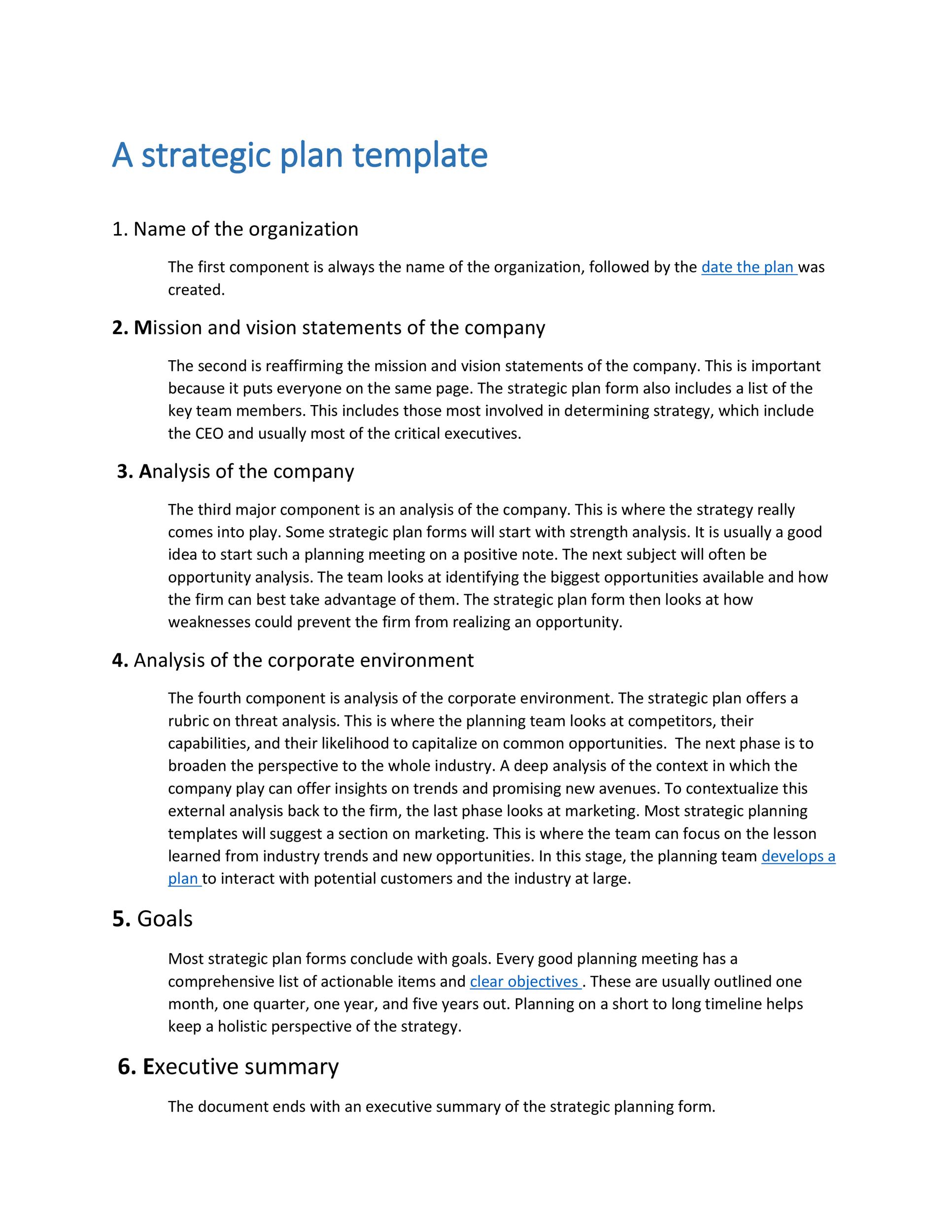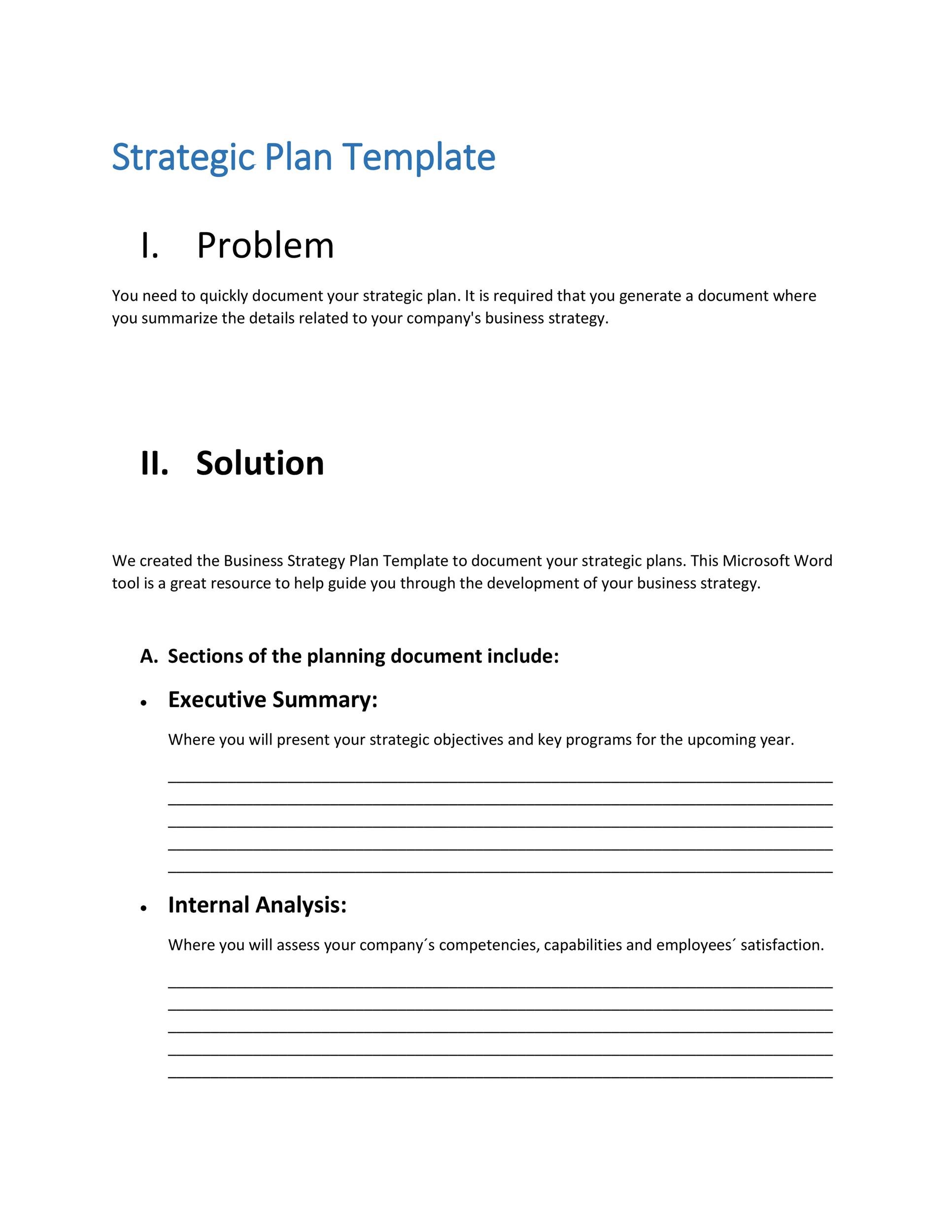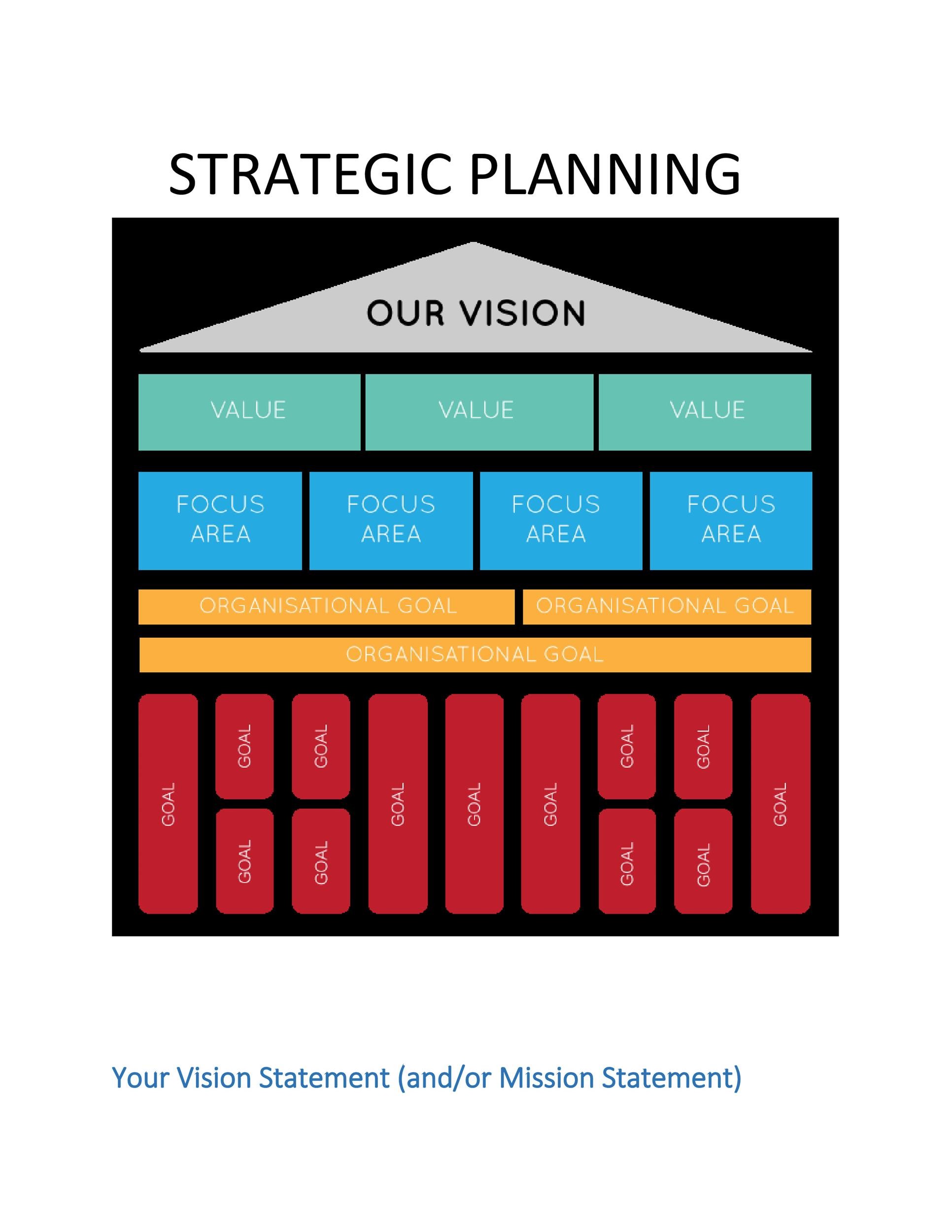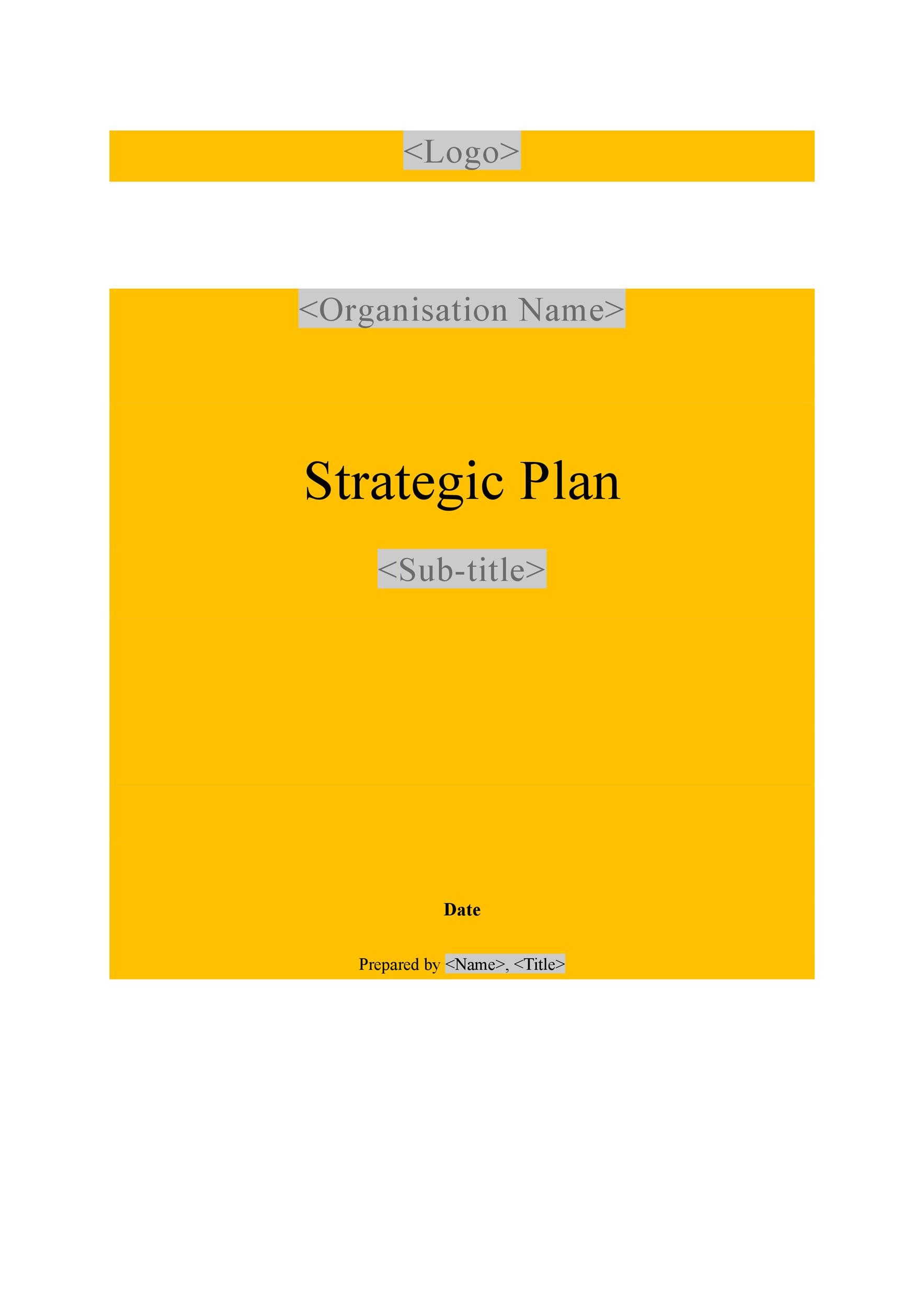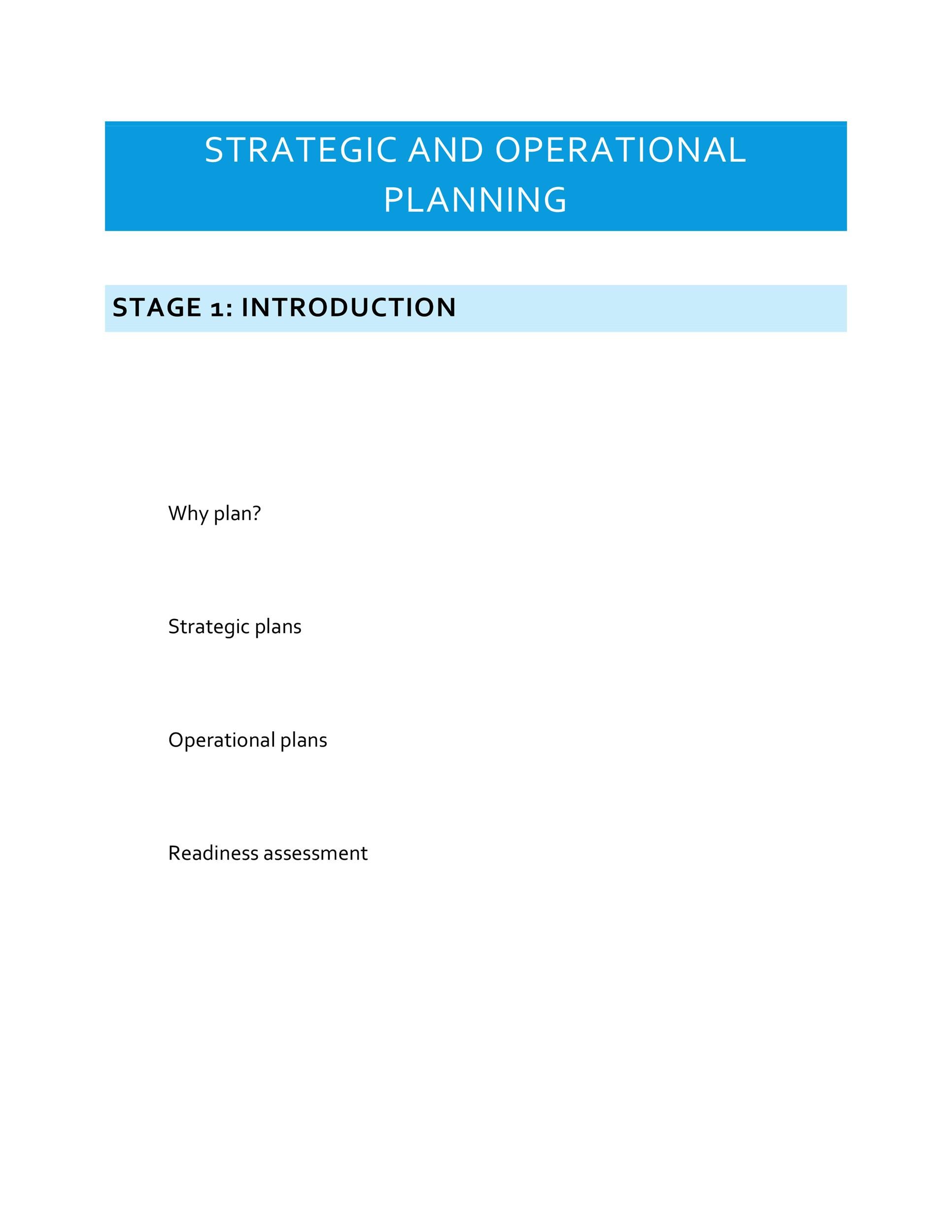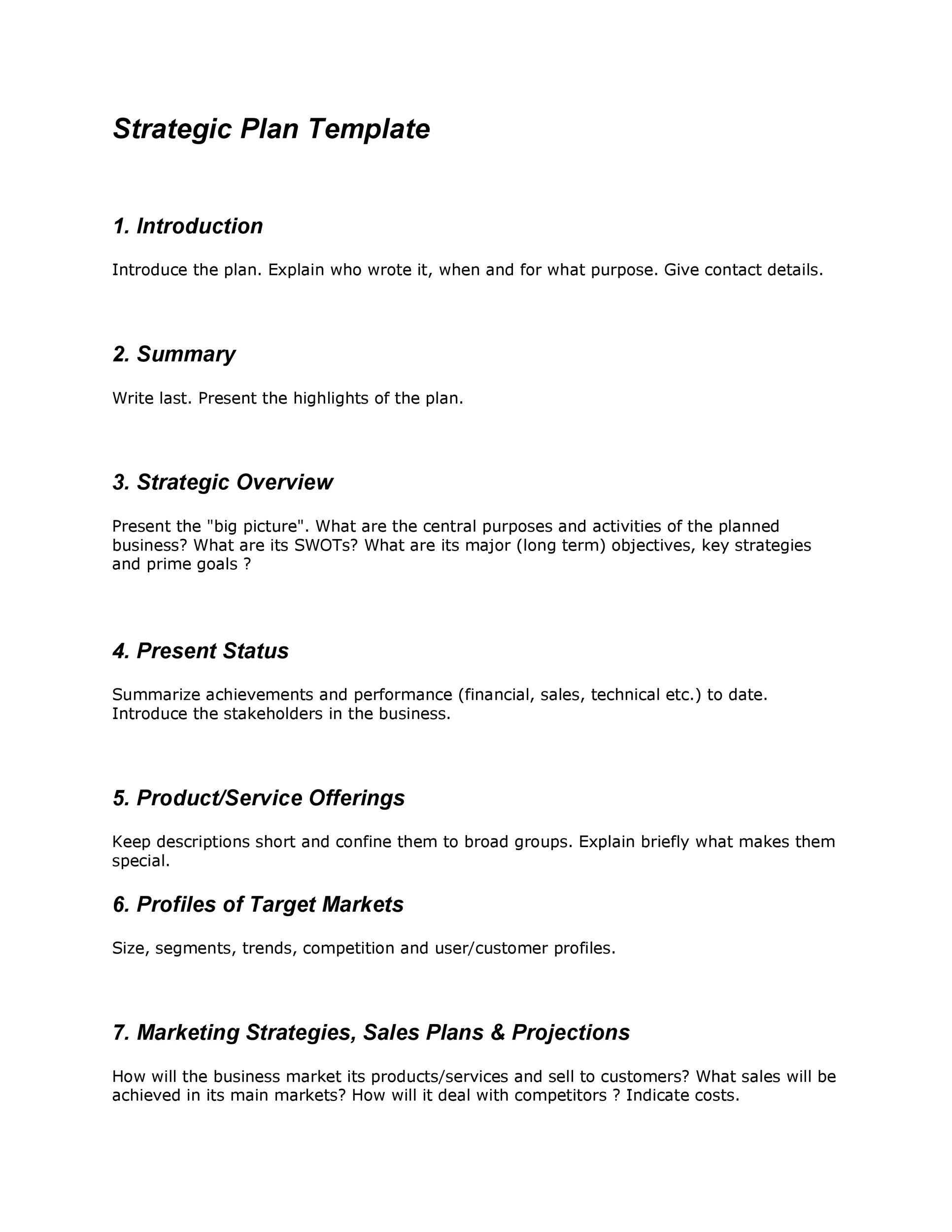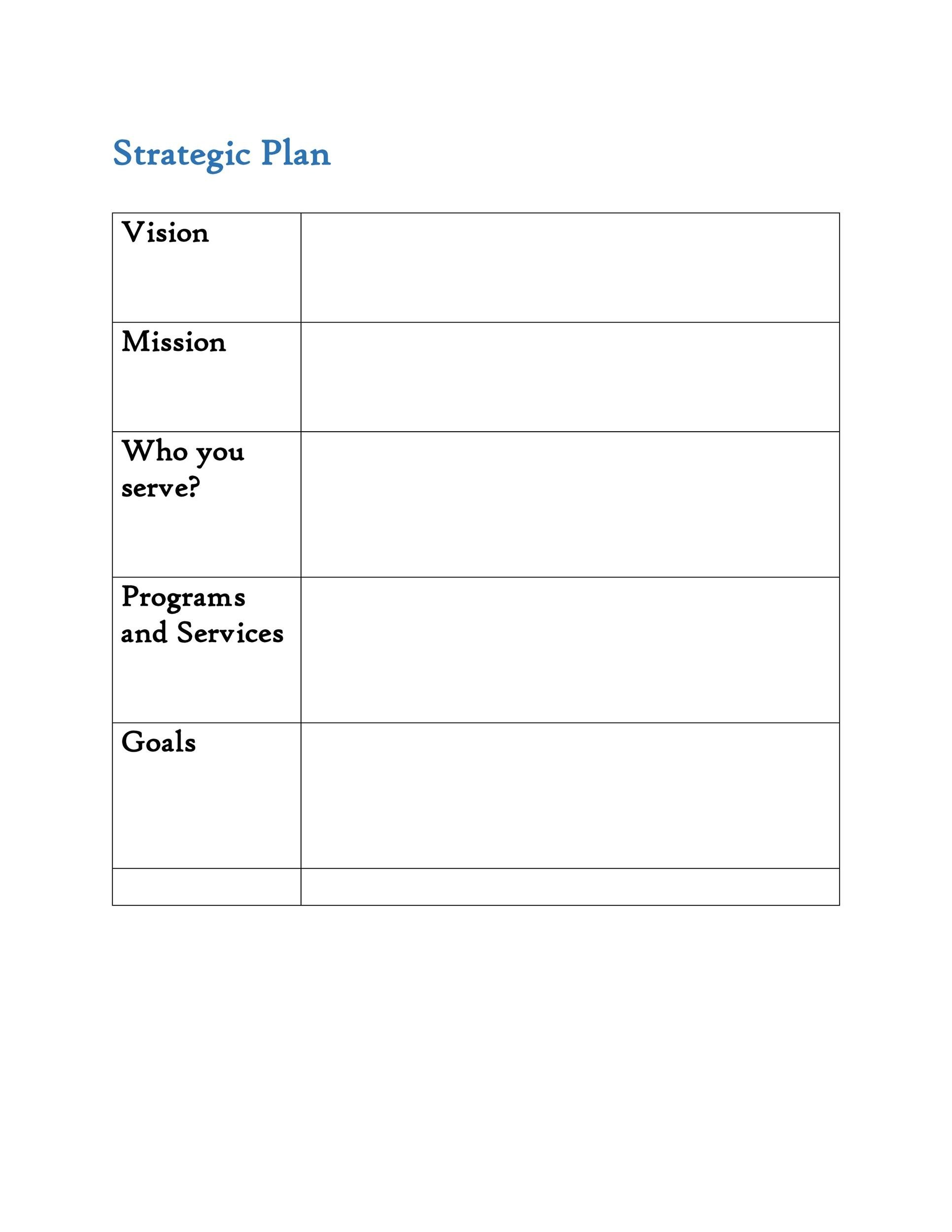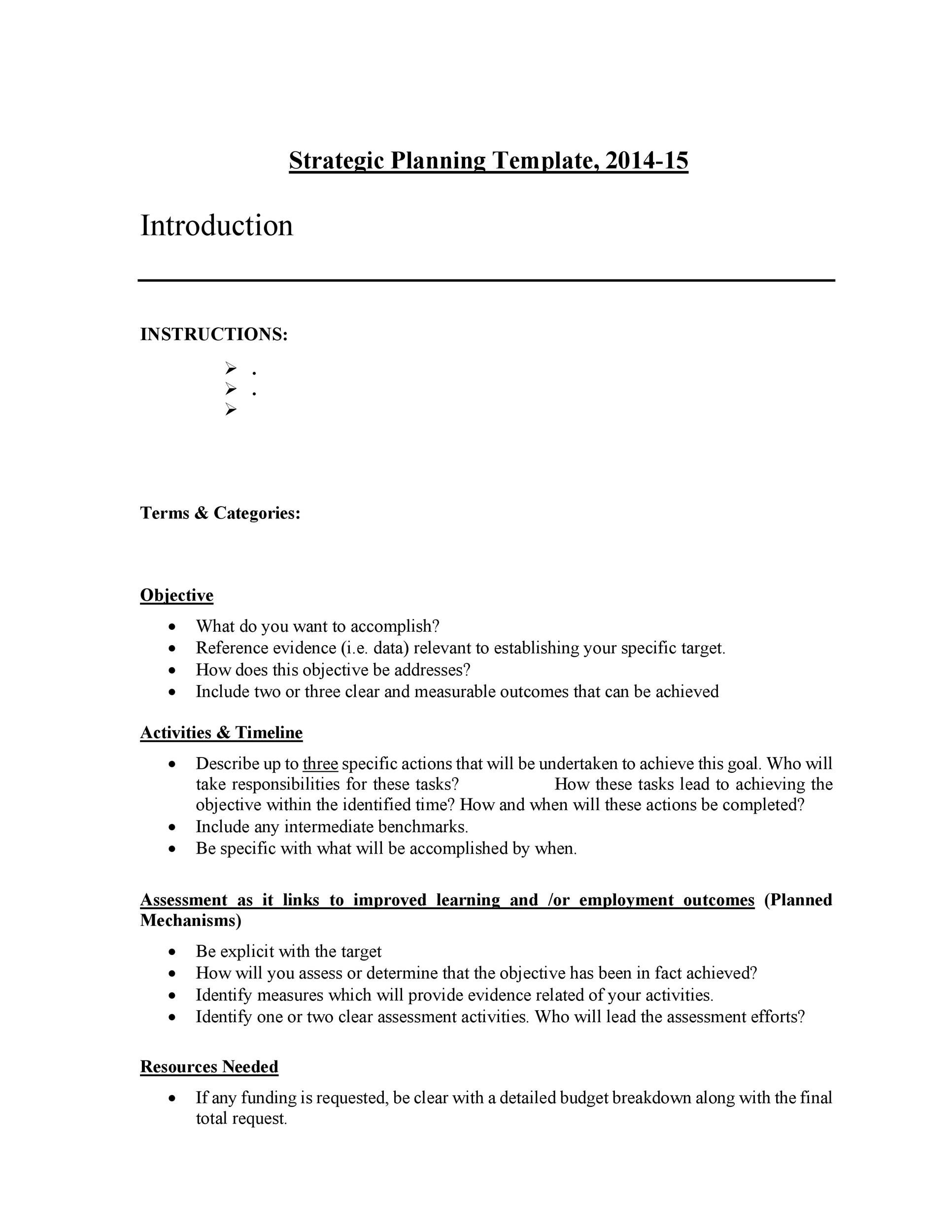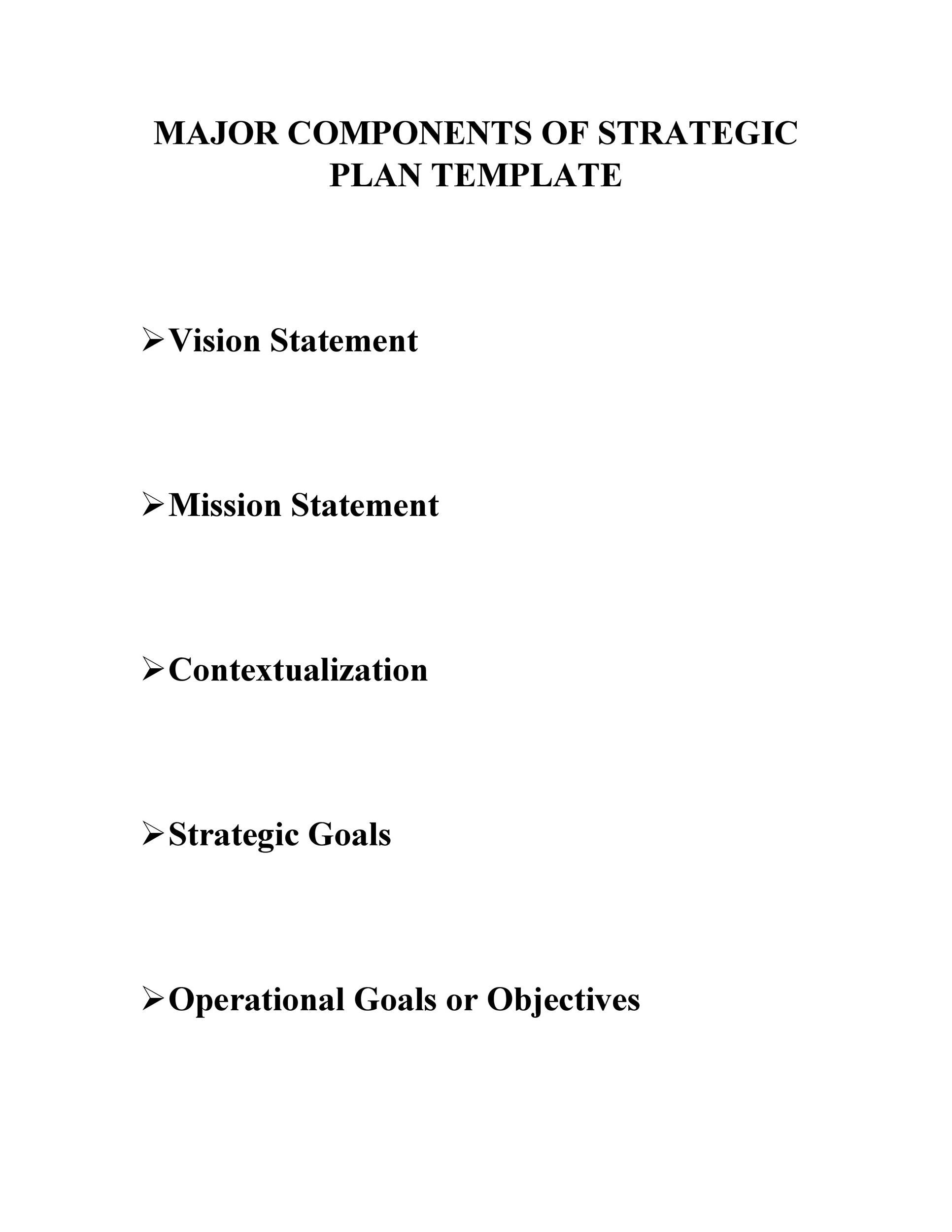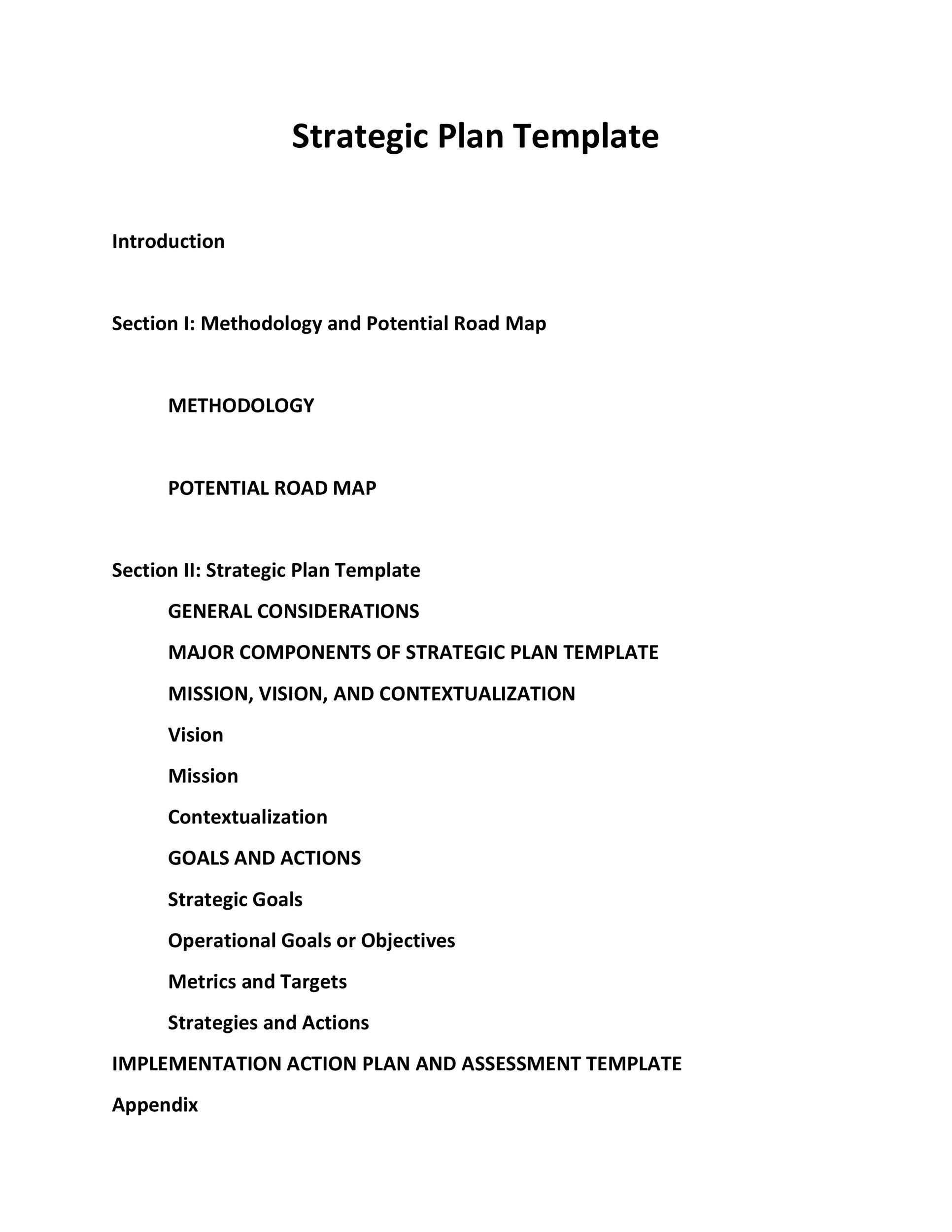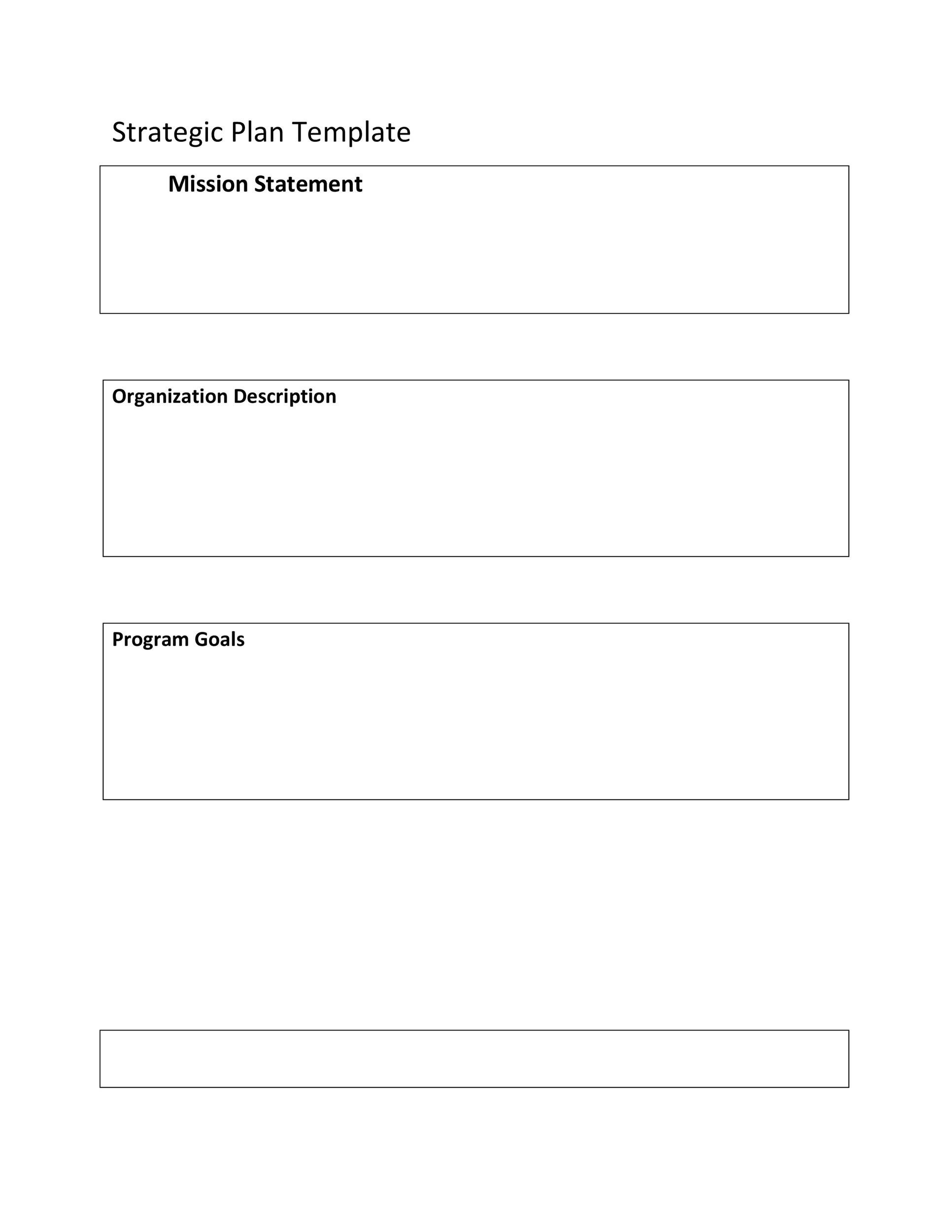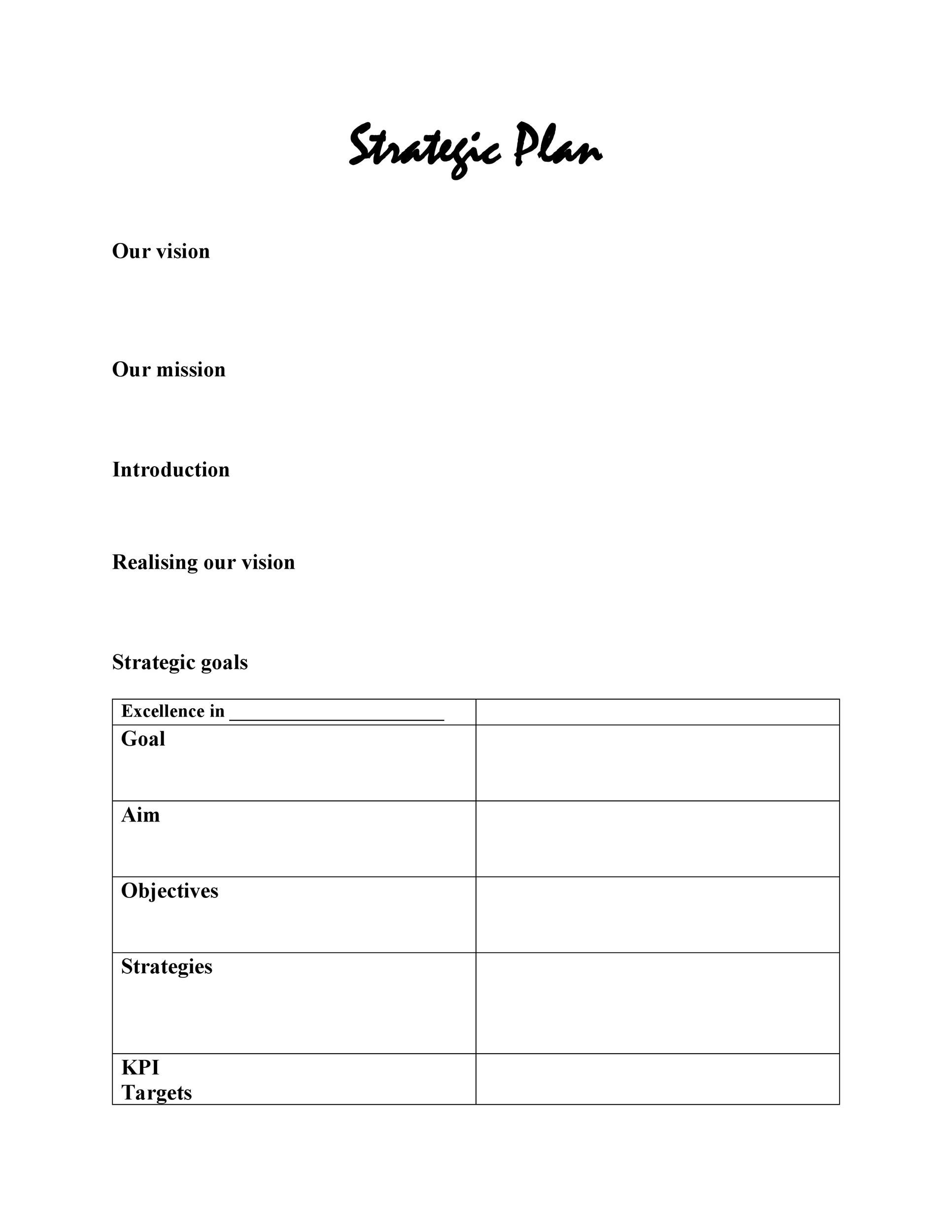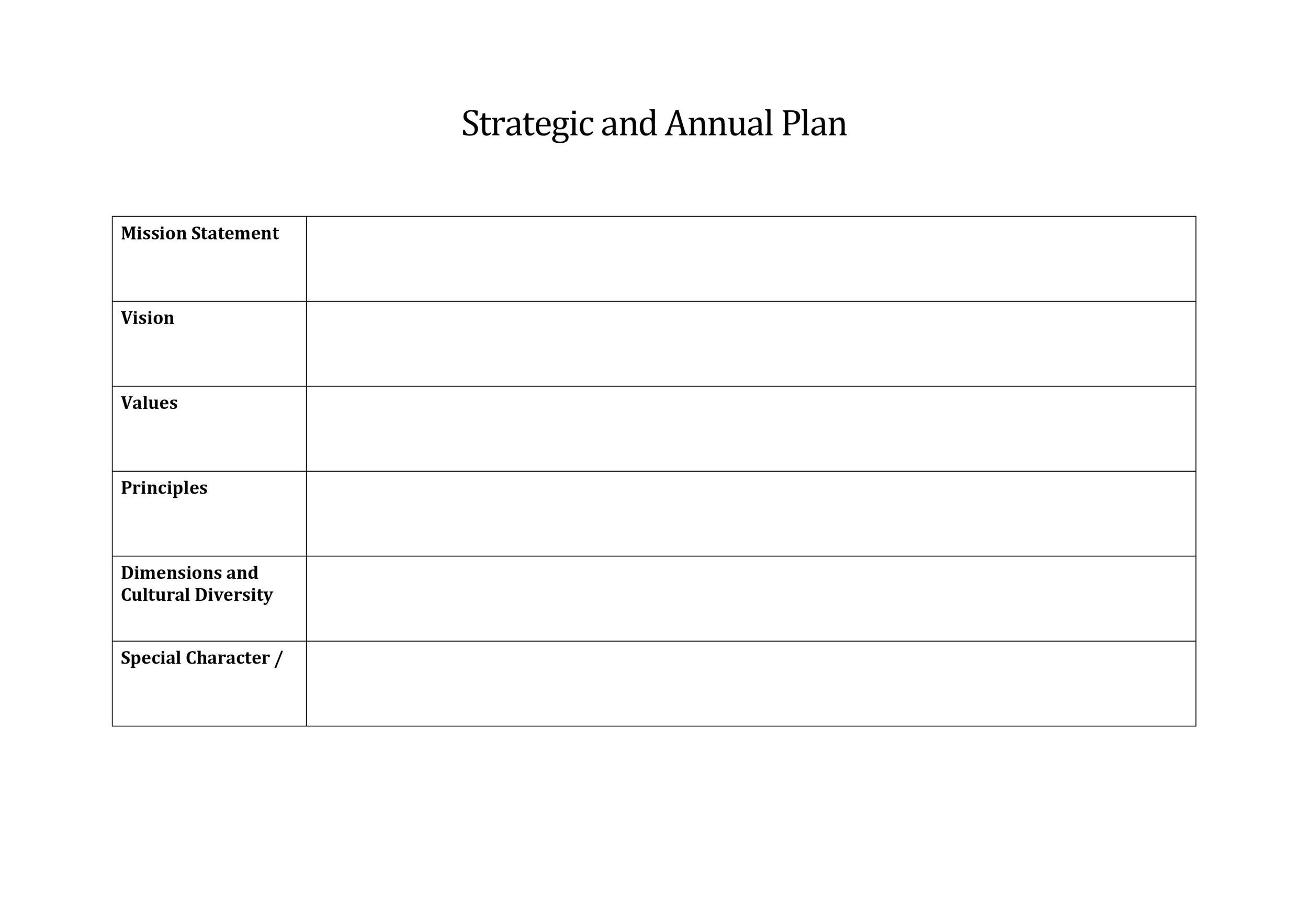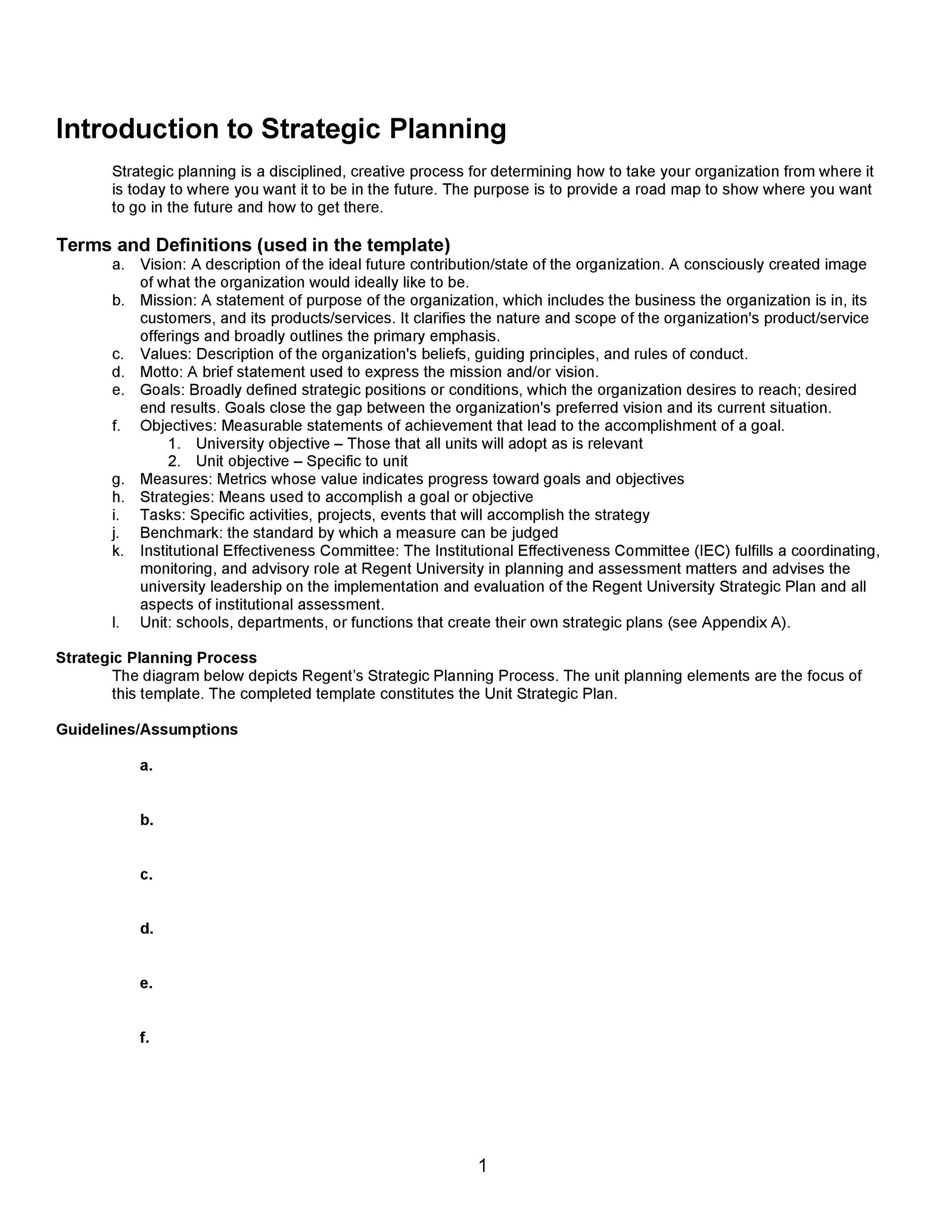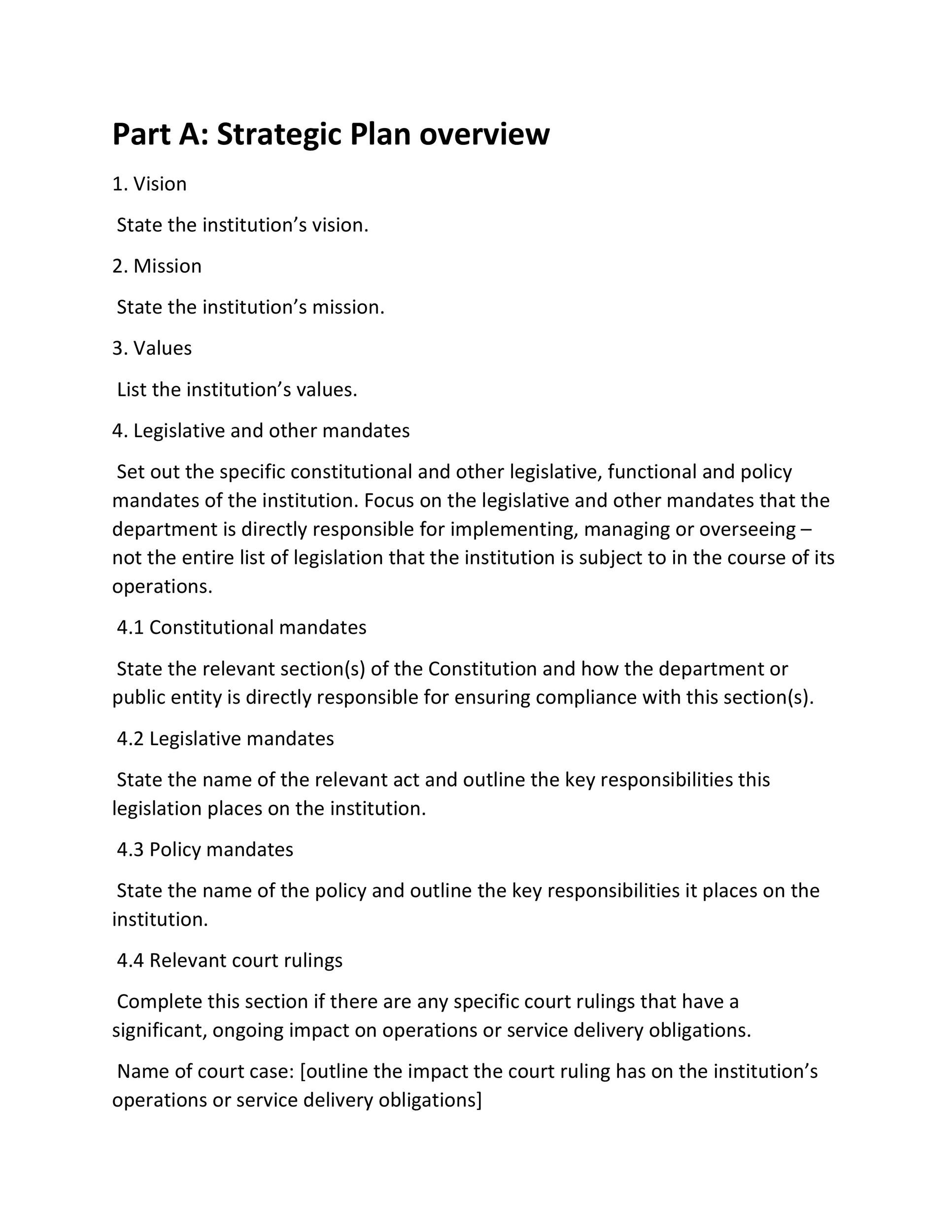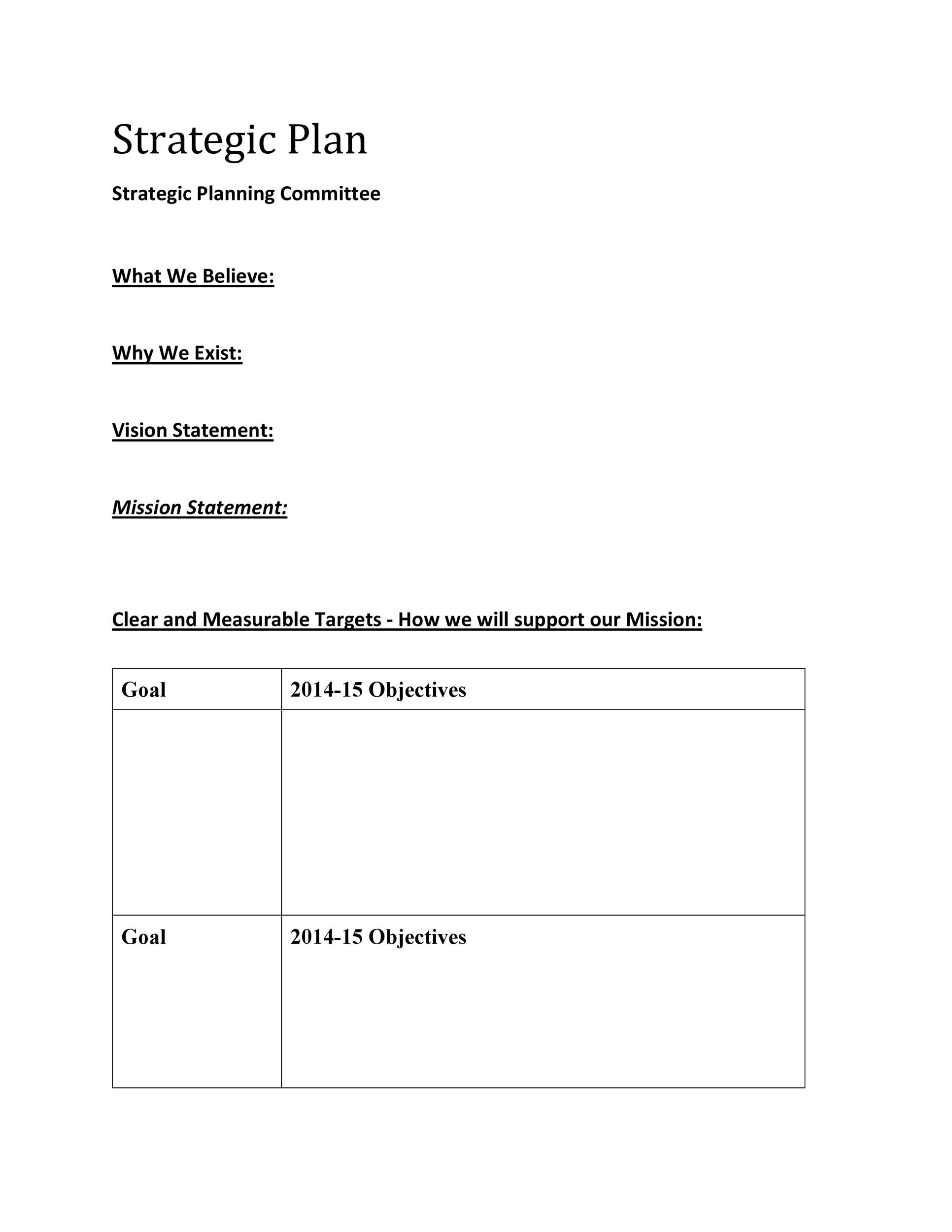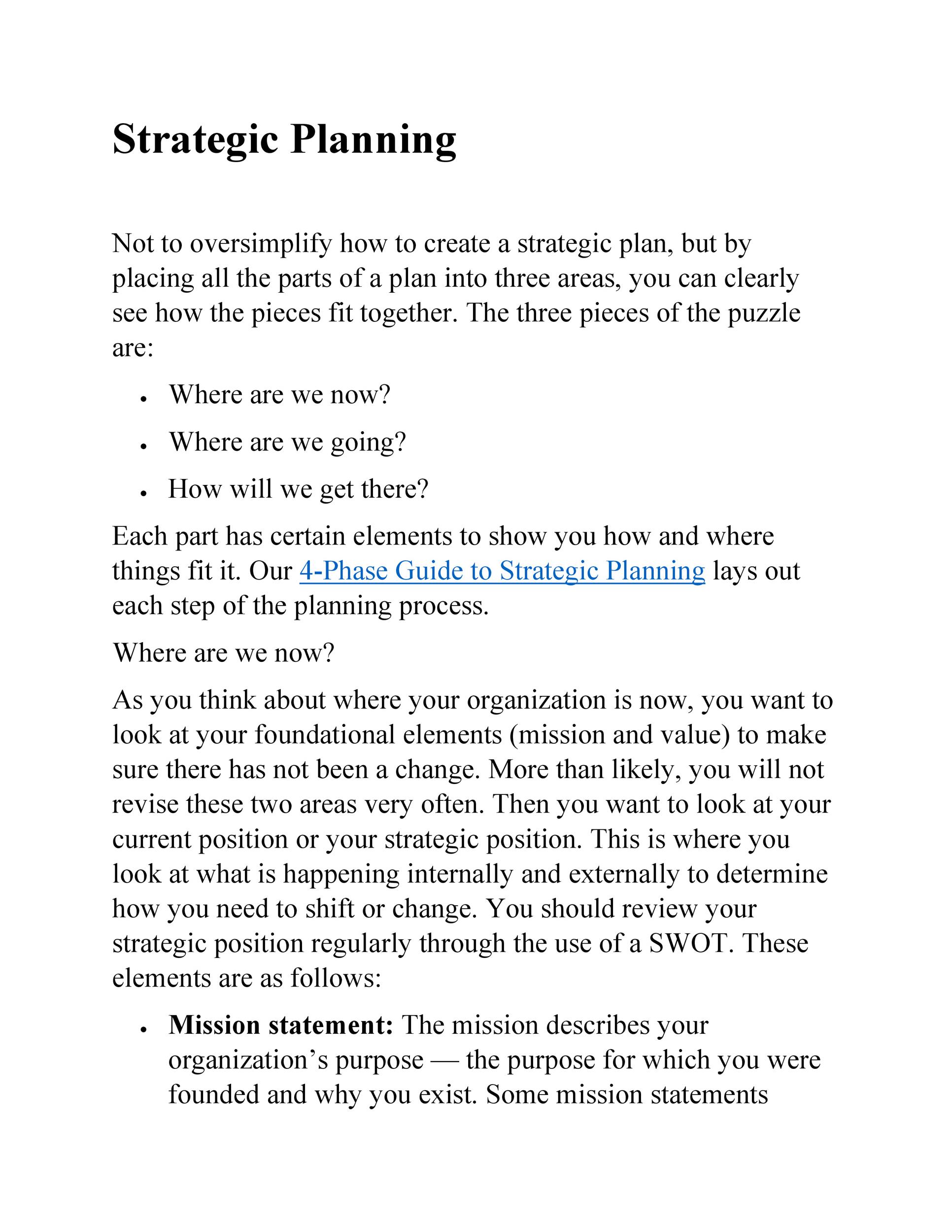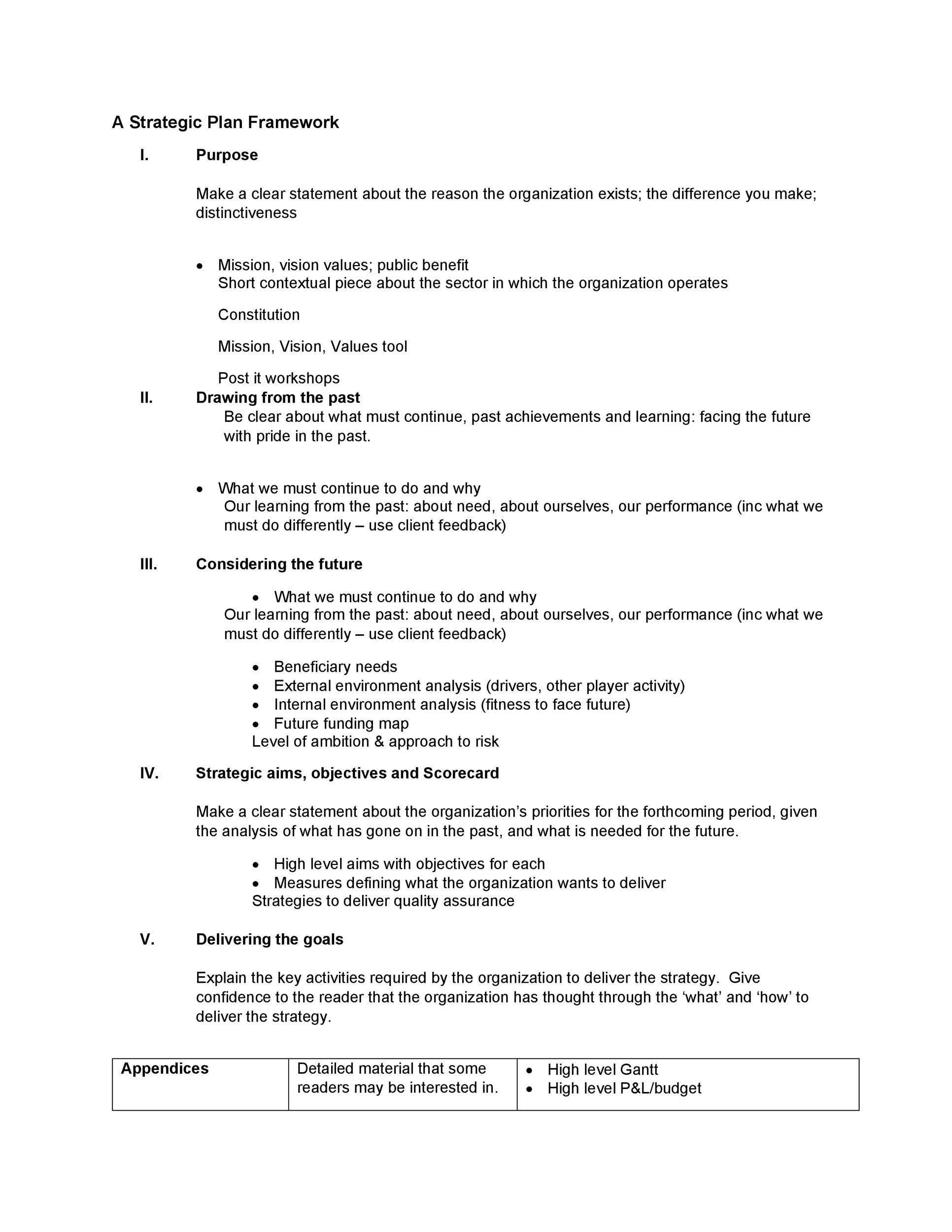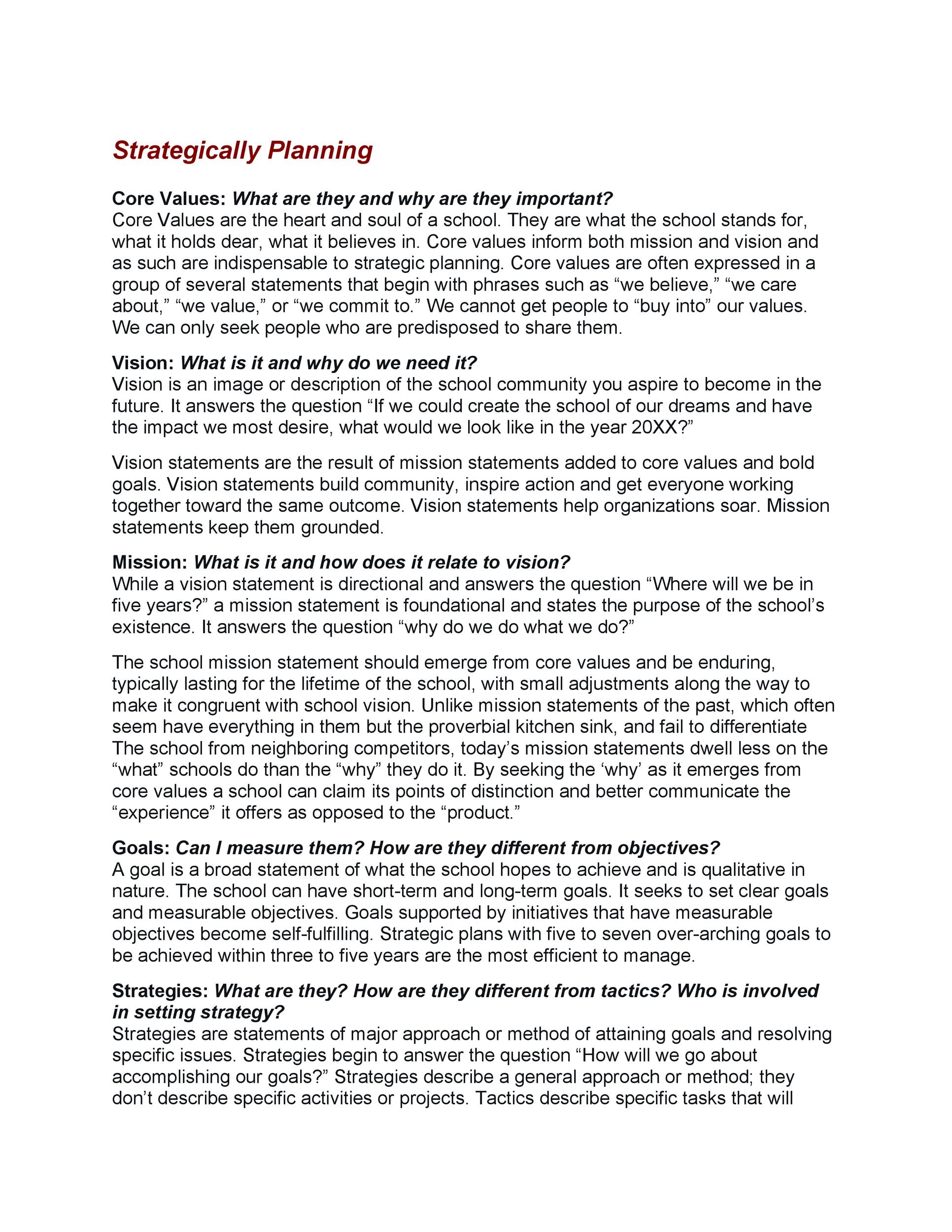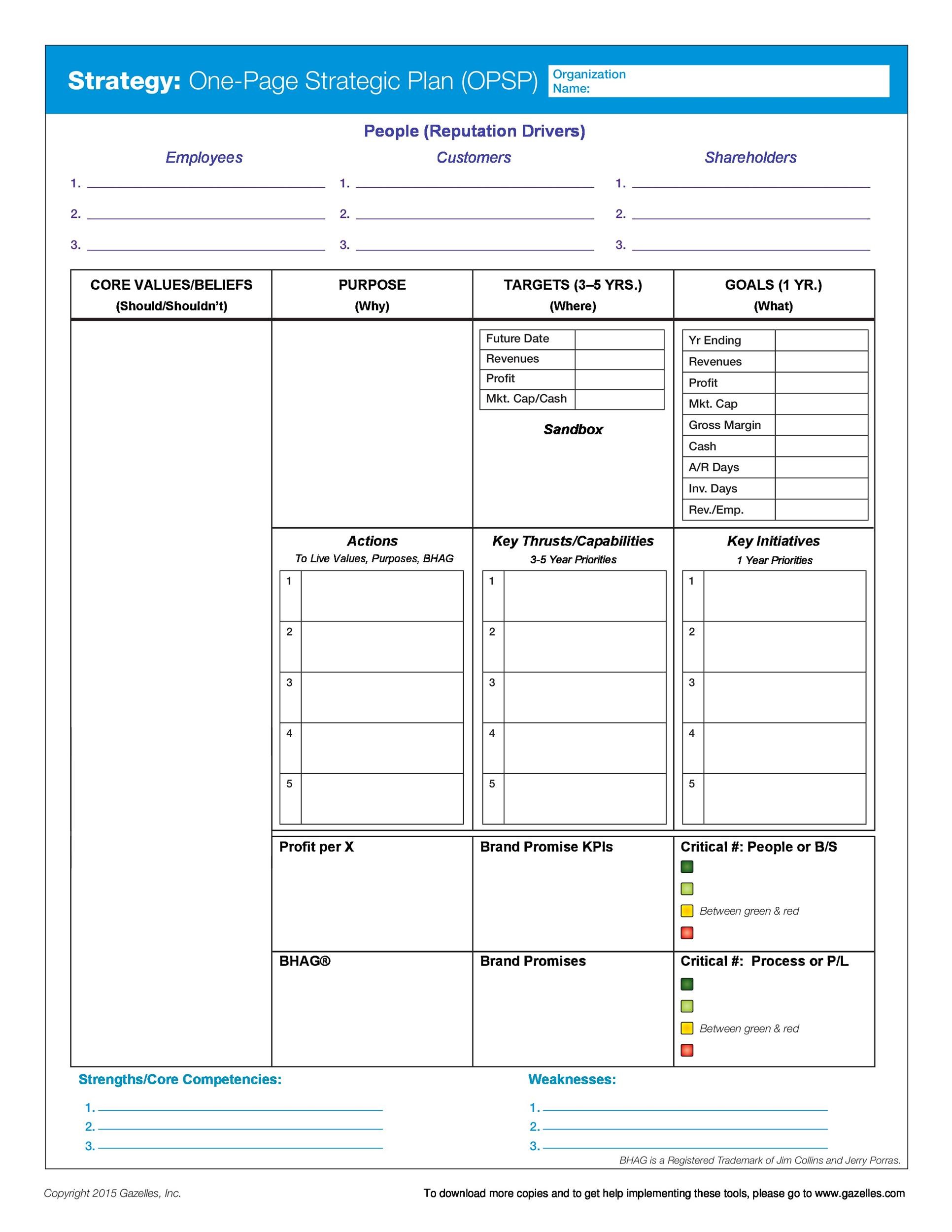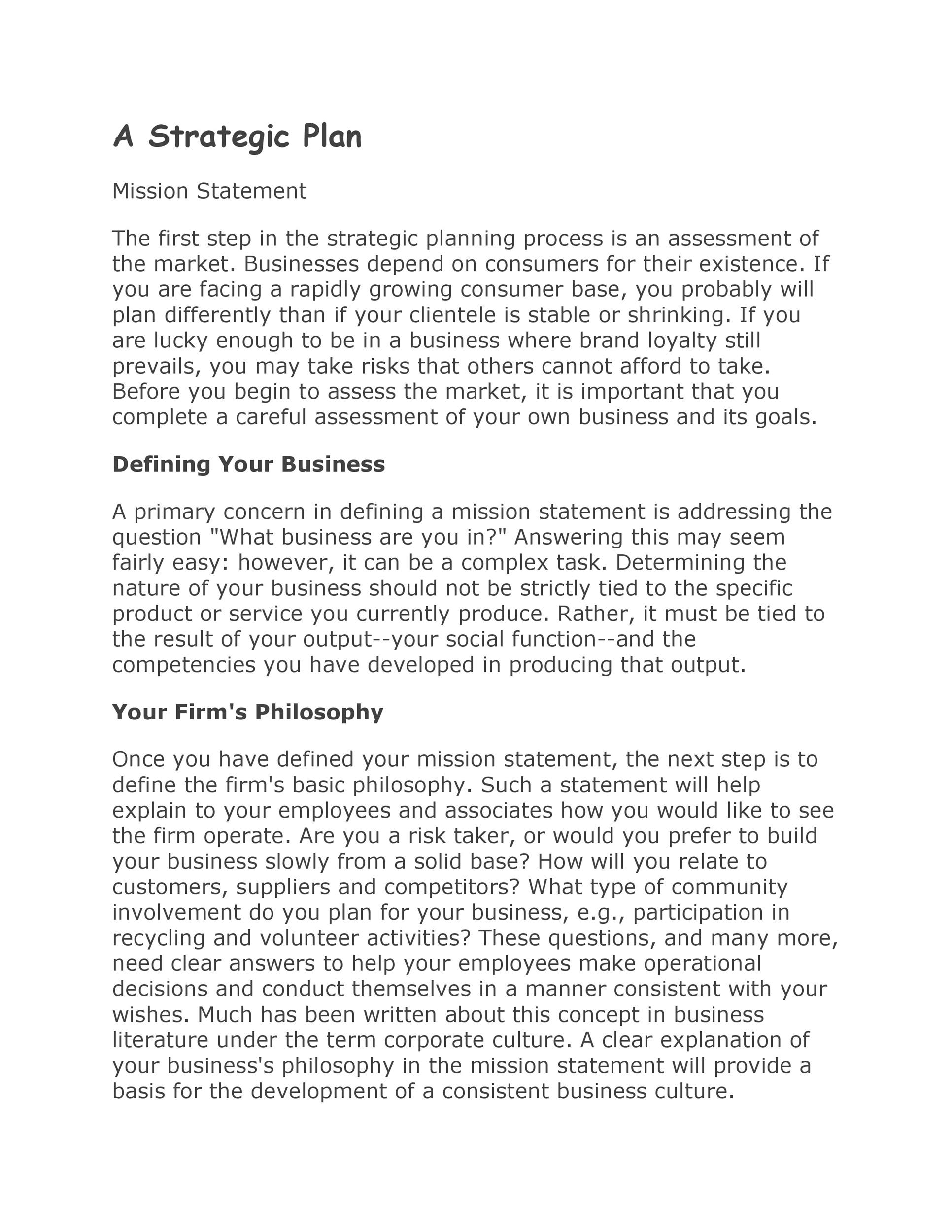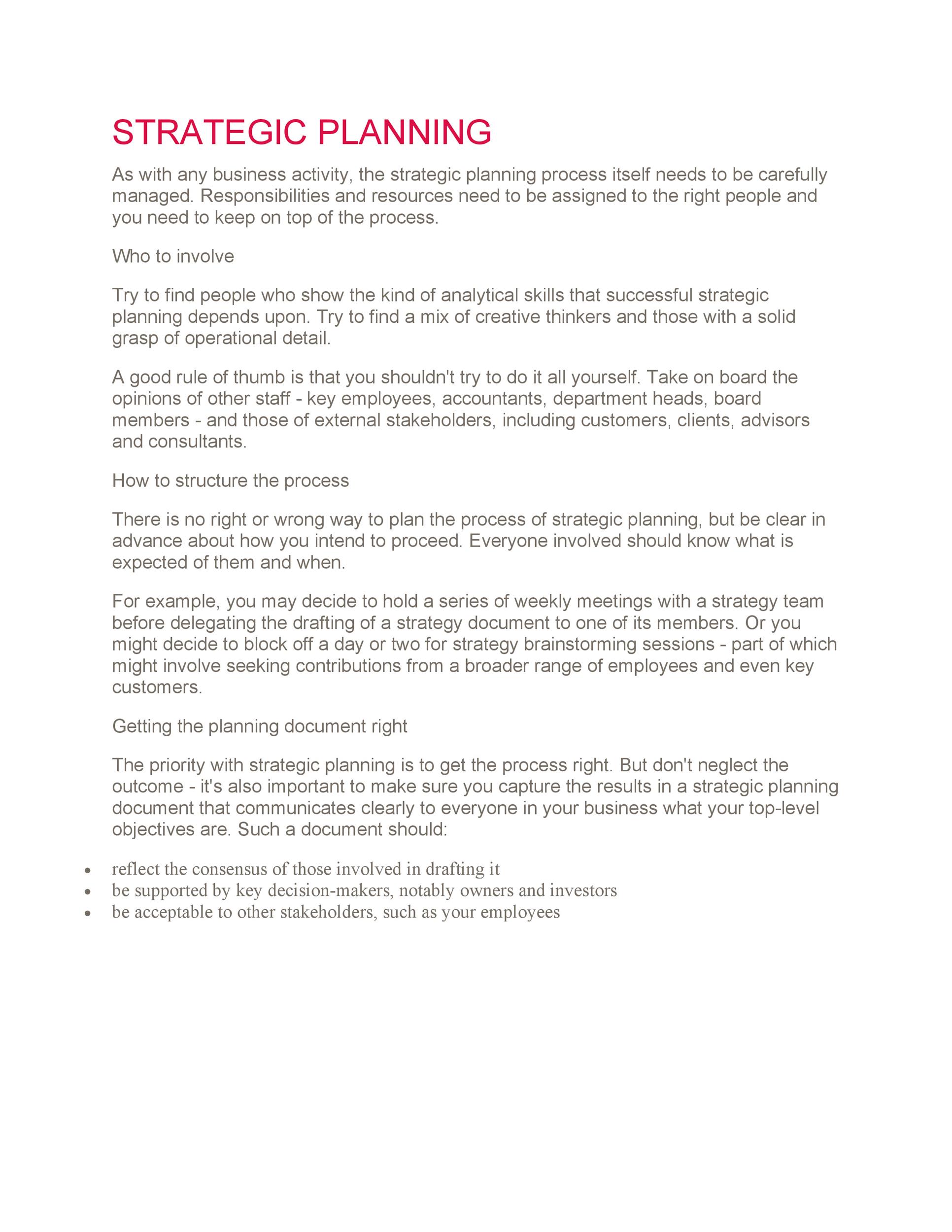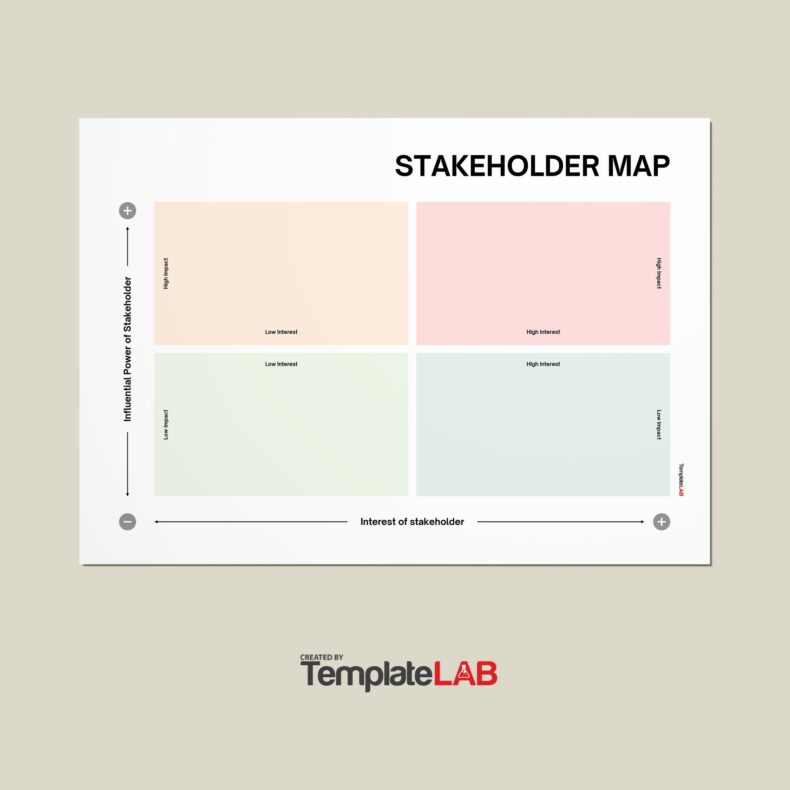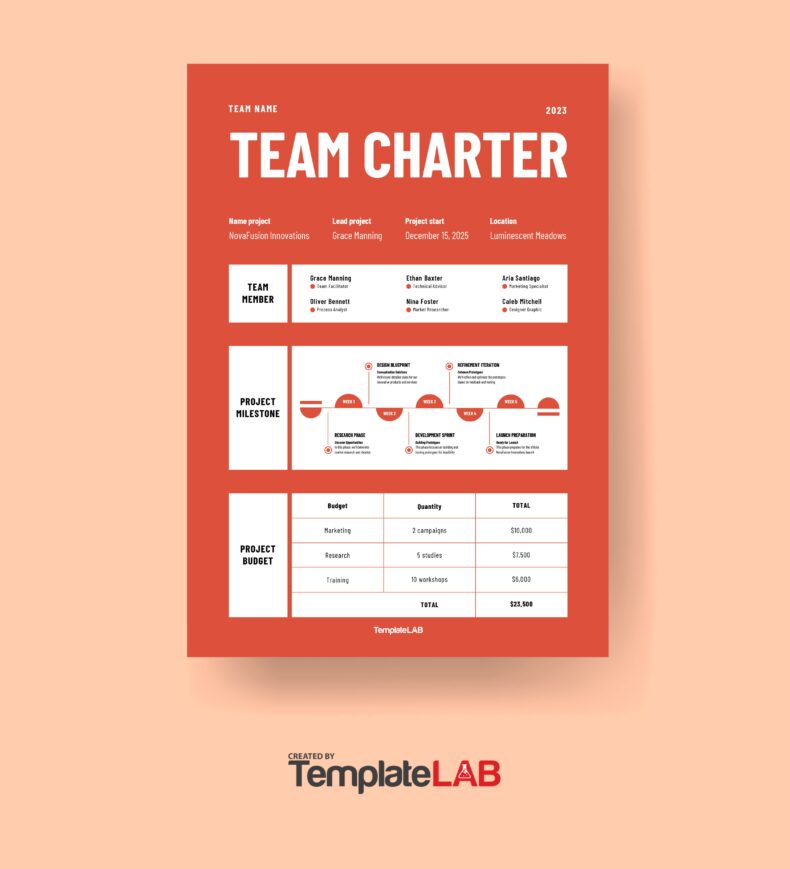Having a strategic plan is essential for every business. However, developing takes resources and time and most importantly, commitment of the experienced employees of the organization. When employees settle down to form a strategic plan, the core aim is to prioritize goals and plan for the achievement of overall long-term organizational aims. The plan helps an organization in spelling out where the firm will go in the future and how they are going to get there.
Table of Contents
Moreover, strategy looks over as to why certain steps would be taken, while strategic planning outlines how those goals will be achieved. If you are a business owner, you will find the following information interesting in your aim for strategic planning.
Overview to Strategic Planning
A strategic plan is a document that is used to improve communication between the organizational goals and the organization. It outlines the actions needed to achieve those aims, goals and objectives. Considering strategic planning, it is basically a roadmap to achieve and accomplish the specified goals. It is an organizational activity held by the veteran employees of the company.
They decide upon the priorities in order to fulfill the short-term and long-term goals. This planning ensures strengthening of the business operations, focused energy, resources and everyday tasks. Additionally, it is a disciplined effort made by the employees that guides the organization and the overall workforce as to what should be done and how it should be done, with a focus on the future growth of the organization.
Strategic Plan Examples
Importance of Strategic Planning
Precisely, strategic planning is the formalized road map determining how the company will execute any particular strategy. When you get a sense of direction through strategic planning, it becomes easier for you to follow the path and take the business to an extraordinary level. For effective strategic planning, your company should give a careful thought to the strategic objectives it outlines. Let’s explore why strategic planning plays a vital role for organizations.
Highlights the Mission
One of the basic and most important elements in formulating strategic planning is defining the mission. The mission is important to every organization because it provides a purpose for the vision of the organization. It enables the employees and management to align the specifics of the decisions and actions with a clearly defined direction. When formulating your strategic plan, you should ensure that your mission is defined in a way that it broadens and gives a chance for growth to both, the management and the employees.
Also, it should be narrowed down suitably. For instance, if you are a non-profit organization and are formulating a mission “To help people and humanity”; this will be considered as a very broad scope. It can be made more specific and narrowed down if it is formulated in this way: “To help the needy by providing them with an allowance on a monthly basis.” Now you see that this mission statement is clearer as well as actionable. Veteran strategic planning teams will ensure that they devise an actionable mission statement.
Decides and Devises Goals
One of the main functions of strategic planning is to formulate goals. The goals have to be measurable and specific. Additionally, they have to be expressed in terms of timelines, quantities, and concrete objectives. Moreover measurable goals are really essential for an organization as they enable employees and managers to assess the pace of developments and the progress.
When you are devising goals, you should ensure an objective like “To stimulate the sales by 50% during the upcoming year” instead of “To grow exponential sales.” When talking about goals, make sure that you do not devise general statements as they sound ineffective as well as unproductive. On the contrary, devising specific and numeric goals will help you in achieving the objective in a fixed time frame.
Evaluating the Progress
Strategic planning can help in evaluating the progress. Based on the previous information, you can get an idea of what your company has done, has been doing and how it can achieve the goals in future. Additionally, if your company is unable to achieve the goals and developments, you can then decide upon new strategies after evaluating it, in terms of the market share. For instance, if you are a leading software house and one of your competitors comes up with some really good innovative software, you will have to redefine your strategies and come up with new policies in order to gain the competitive edge.
Once you recognize that there is a need for a strategic plan, you will then realize its importance. There are certain organizations who still have not truly understood the need for strategic planning. Those who know and realize its importance though, ensure its effectiveness. If you are also a business owner, then you should ensure effective strategic planning for your firm.
Sample Strategic Plan
Strategic Planning Process
Basically, there are different types of frameworks and methodologies for strategic management and planning, but there are no absolute rules and regulations regarding the right framework. In fact, most of them follow a similar pattern and have almost similar features. Let’s explore the major steps under the strategic planning process.
- Step # 1: Identifying the mission and objectives for the organization
- Step # 2: Evaluating and doing the environmental scanning
- Step # 3: Formulating the strategy for the organization
- Step # 4: Implementing the strategy for the company
- Step # 5: Evaluating and controlling the overall strategy for the organization
Step # 1: Identifying the Mission and Objectives for the Organization
The first step in the strategic planning process is devising the mission and objectives for the organization. In general, the mission statement determines the business vision of the firm. Until and unless the purpose of the organization is made clear and devised properly, the organization will not be able to function smoothly. Additionally, the purpose of the firm and the static values guide the company in the pursuit of future opportunities.
Suggested by the business vision, the leaders of the company should define measurable and specific financial as well as strategic objectives under this step of strategic planning. When including financial objectives in the planning, you should include sales and earnings growth. Additionally, the strategic objectives include business position, reputation and market share. Make sure that both the missions are clearly defined.
Step # 2: Evaluating and doing the environmental scanning
In this step of the strategic planning process, the environmental scanning includes the following components.
- Internal components of the company (Internal evaluation)
- Analysis of the company’s industry (Task Evaluation)
- Evaluation of macro and micro environment (PEST Analysis)
The internal analysis of the company will identify the firm’s strengths and weaknesses while the external analysis will reveal the threats and opportunities for the business. Collectively making SWOT analysis, the firm is able to see their internal and external environment under one platform. Moreover, industry analysis can be done using Michael Porter’s five forces.
It includes evaluations on the basis of the five external forces including suppliers, customers, industry rivalry, entry barriers, and substitute products. Each and every aspect is defined under the environmental scanning and explained properly so that the veteran strategists can have everything in front of them and make appropriate decisions.
Step # 3: Formulating the Strategy for the Organization
Each and every step in the strategic planning process is connected and linked to one another. Therefore, after getting information from the environmental scan, the firm has to devise strategies. They have to first match the opportunities from the industry and the strengths from the firm while addressing its external threats from the industry and weaknesses within the firm.
This will help them in developing the competitive advantage over its rivals and formulating strategies to attain superior profitability. The competitive edge can either be based on differentiation or cost. Generally, the firms choose three industry independent strategies given by Michael Porter from which they can choose.
Step # 4: Implementing the Strategy for the Company
Once the strategists decide upon which strategy they should use, they can then implement the selected strategy by means of budgets, programs and procedures. Implementation of the strategy can have a significant effect on the company’s success. This is why implementation should be done carefully. Often, the strategic plans devised, are not implemented properly.
This is why it is necessary for the strategists to look over both, the decision as well as implementation process of the organization. Additionally, employees must be careful in making the strategies and it should also be supported by effective logistics. In smaller businesses, the implementer is often the one who devises the plans initially, but in larger organizations, the implementers and planners are not the same. The strategy is implemented by means of budget, programs and procedures.
Step # 5: Evaluating and Controlling the Overall Strategy for the Organization
When the implementation is done, it is necessary for the implementers to look over everything and monitor it. Controlling helps in monitoring and adjusting things as needed. Controlling and evaluation can be done based on the following steps.
- You should define parameters to be measured.
- You should target values for those parameters.
- You should also perform measurements.
- You should also compare measured results to the pre-defined standards.
- You should make necessary changes if required.
Strategic Plan Templates
Companies who devise strategic plans often opt for strategic plan templates. Strategic planning identifies the gap between the current and desired future state. Once it’s made, it determines how to close those gaps and how you can raise the bar and achieve your goals. Here are some important factors that are to be taken into consideration in every strategic plan template.
Introductory Statement
The introductory statement will determine as to why the strategic plan is being developed. Also, it will highlight who are the authors and until what time period it will last.
Background Statement
This is the section which provides necessary background information about the firm such as management structure, history and supporting partners and agencies. You can also use this section as a brief business statement describing your business.
Organizational Structure
This is the section where you should include information relevant to your business’s operations, from the staffing to the governing authorities.
Vision
This is the main element that highlights the principles on which the organization stands and stands for. Along with this, mission and values are also determined to guide the company culture.
Problem Statement
There are some strategic plans that include a problem statement determining discrete or key issues that need to be addressed.
SWOT Analysis
This is the main aspect in devising a strategic plan. This is the detailed section where strengths, weaknesses, threats and opportunities are examined and evaluated.
Goals
As mentioned above, the strategic planning may include both, short term and long term goals. Most importantly, both of them should be measurable and actionable.
Evaluation and Executive Summary
The methods for evaluation are spelled out in the strategic plan. Evaluation would help in controlling the aspects that have been implemented. Also, the key performance indicators (KPIs) will document the progress. Besides evaluation, the final summary will conclude everything and help the investors and employees quickly understand your plan.
Final Word
Templates for business strategic plans give you opportunity to devise strategic plans in a comprehensive manner. These templates have sections for SWOT analysis, goals, research, resources, risks and many more other options. Additionally, it provides structure for your firm’s strategic planning process. Business owners often look for strategic plan examples. These templates will act as guides for evaluating the business, identifying the development and growth opportunities and devising the strategic plan.
We have a variety of templates available for free. You can check out and download templates for devising strategic plans from our main website at any time.

